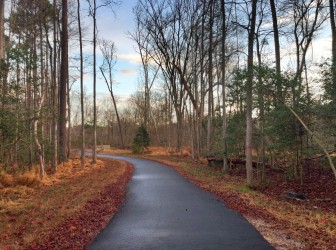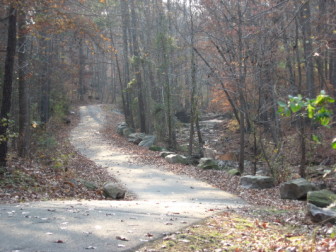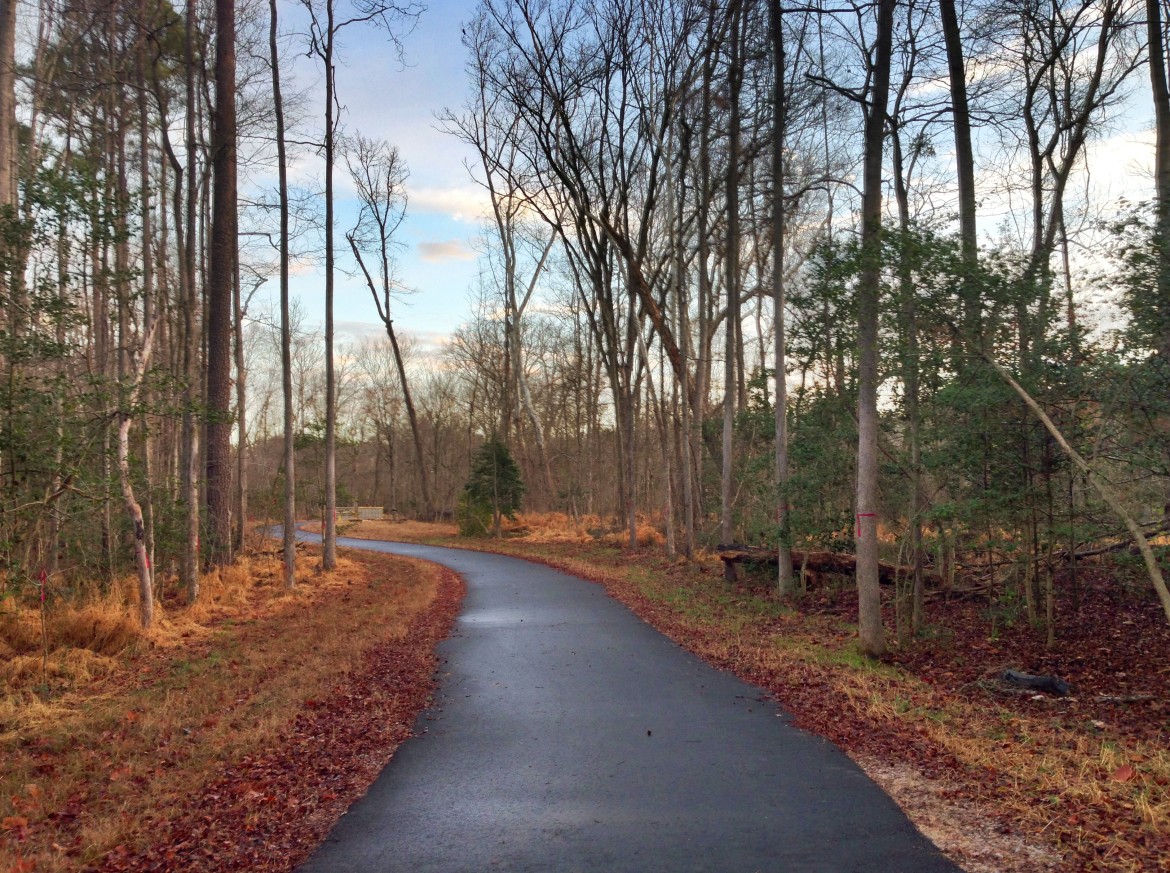The Wake County Board of Commissioners on Monday met in a work session to learn more about the county’s open space program.

James Borden
The Neuse River Greenway
Chris Snow and Matt Roylance, the director and deputy director of Wake County Parks, Recreation and Open Space department, gave the presentation to commissioners.
“The goal of our program is to protect and conserve county land and water for current residents and future generations,” Snow said.
The open space program of Wake County started with an initial open space task force in 1992 and received its first funding through a bond in 2000. It has since received funding for the acquisition of land and improvement of areas in 2004 and 2007, when a majority of the public voted to allocate money to the program.
“It’s a good indication the public supports the open space program in general,” Roylance said.
The bond money in 2000 and 2004 were used entirely for the acquisition of land. This acquisition occurs through a rating process called the GIS model and a later request-for-proposals process.
“The GIS model allows us to evaluate land in a very objective way,” Snow said. “We did not want to be out there recreating the wheel. There was plenty of work already out there in the state.”
Roylance added, “We want to be more proactive about identifying the top properties, not just the ones that come to us at whatever value they choose.”
Commissioners had questions about the allocation of funds from the most recent bond.
Roylance broke the numbers down, saying, “What that means is that with $50 million, 75 percent would be used for open space acquisition, and up to 25 percent would be used for greenways and preserves.”

The Longstreet Greenway
Commisioners then highlighted the fact that the money used for land acquisitions was much higher than the money used for the construction of greenways. They wanted to see projects selected on a merit basis, rather than due to arbitrary allocation of money.
Commissioner Hutchinson spoke of needed criteria for the selection of property—priority properties, connectivity, and gateway properties that allowed people to experience nature.
“Let’s look at the projects based on the projects,” he said.
An important direction commissioners gave was the need to keep the maximum funds the county would contribute to a joint project at 50 percent. This was especially true of greenway projects.
“We have municipalities that when they submit their proposals, they will ask for reimbursement for trails that have already been built,” Frank Cope, Community Services director, said. “It’s fair to say that most municipalities will not spend money outside of their districts.”
Commissioner West asked near the end, “Do we have an overall goal based on the GIS mapping, in terms of the total available land in the county?”
“30 percent, but we’re a long way from it,” Cope said. He added, “There’s no real bad way we can spend the money. Greenways versus open space. Or a blending of the two.”
